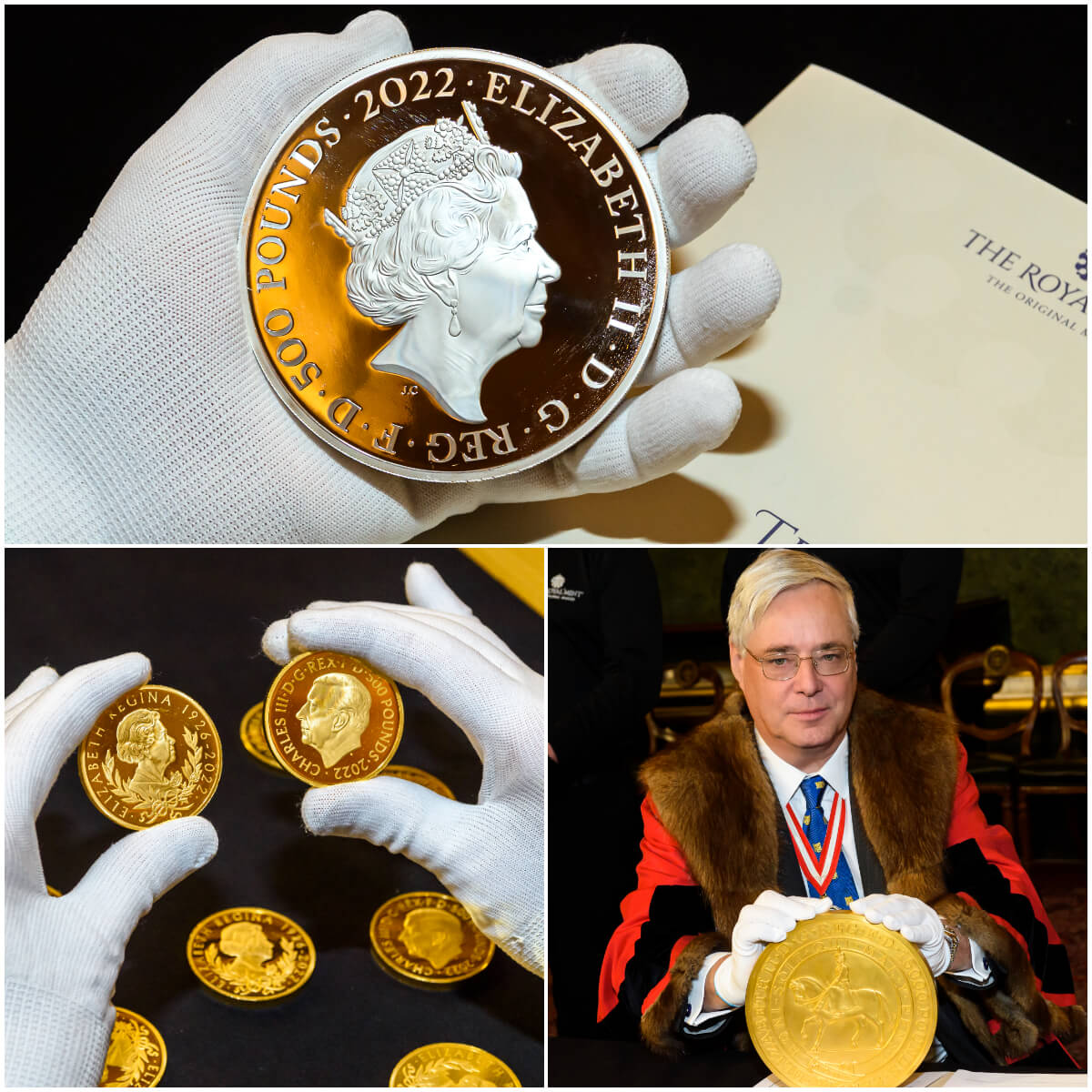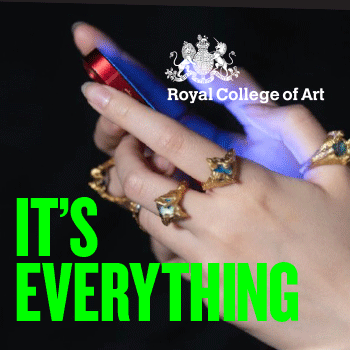The first official UK coins bearing His Majesty King Charles III’s official effigy
First King Charles III submitted for testing at the Trial of the Pyx
Reading Time:
1 min {{readingTime}} mins
Landmark year as the first King Charles III coins and the largest coin in The Royal Mint’s history are submitted for testing at the Trial of the Pyx

The Royal Mint has today submitted nearly 10,000 coins for testing at the UK’s oldest judicial ceremony, the Trial of the Pyx, held at Goldsmiths’ Hall in the City of London.
The 700-year-old ceremony aims to protects consumers by upholding the quality of the nation’s coinage through rigorous testing – as important today as it was at the first recorded public trial in 1248. The process ensures that the coins produced by The Royal Mint meet the standards of precision, accuracy and exceptional craftsmanship for which it is internationally renowned.
This year’s Trial of the Pyx marks a significant moment in history, with the submission of the largest coin ever created by The Royal Mint (a 15kg masterpiece created in celebration of Her Late Majesty The Queen’s Platinum Jubilee) as well as the first official UK coins bearing His Majesty King Charles III’s official portrait (a special £5 Crown and 50 pence commemorating the life and legacy of Her Late Majesty Queen Elizabeth II). This is the first time in several decades that coinage bearing the effigies of two monarchs will be tried at the same time.
While the primary responsibility of The Royal Mint is to strike the United Kingdom’s coins, the 1,100-year-old organisation also draws on its unrivalled knowledge of precious metals and spectacular pool of British craftsmanship to create bespoke masterpieces, like the 15-kilo gold coin. A sample of all new coins struck by The Royal Mint - both currency and commemorative - are submitted to the Trial of the Pyx each year. They are rigorously checked for fineness and quality by an independent jury of Goldsmiths’ Company members, before further scientific analysis by the Goldsmiths’ Company Assay Office.
The Trial is opened by the King’s Remembrancer, Senior Master (Barbara) Fontaine of the Kings’ Bench Division of the High Court, who will also deliver the verdict once testing and analysis have been completed later in the year.
Anne Jessopp, Deputy Master and Chief Executive of The Royal Mint said,
“Quality, accuracy and precision of our coinage is of highest importance to The Royal Mint. This year’s Trial of the Pyx is particularly poignant, as coins bearing two monarchs, Her Late Majesty Queen Elizabeth II and His Majesty King Charles III, are submitted to the trial for the first time in decades. As The Royal Mint, we have an official duty to strike every coin for every British monarch and have done so since Alfred the Great. This year will see one of the biggest changes to UK coins for decades take place as King Charles III’s portrait begins to appear on all new UK coins.”
“We are also thrilled to be submitting the largest coin ever produced by The Royal Mint, showcasing the exceptional craftsmanship skills our team of craftspeople have. Requiring almost 400 hours of work, 200 of those being hand worked by master craftsmen, the 15-kilo solid gold coin is a truly unique piece featuring a beautiful design on precious metal. As the home of precious metals, we are particularly proud of this work of art and the hours of craftsmanship that went into its completion.”
The largest coin ever produced by The Royal Mint, a 15-kilo solid gold coin, was produced in 2022 to mark Queen Elizabeth II’s Platinum Jubilee. The masterpiece required the highest level of craftsmanship and refinement, combined with state-of-the-art engraving and laser technology.
A sample of new coins struck by The Royal Mint are rigorously and independently checked for fineness and quality by an independent jury of Goldsmiths’ Company members, before further analysis by the Goldsmiths’ Company Assay Office in London – which will test the purity of precious metal, weight and diameter of certain denominations by taking samples from the coins.
Graeme Smith is the King’s Assay Master at The Royal Mint, a position that’s existed for centuries and maintains responsibility to answer for the purity of money. Overseeing the Trial of the Pyx forms part of this role. Graeme comments:
“It is an honour to be a part of one of the UK’s oldest judicial ceremonies, testing the quality and authenticity of the nation’s coinage. No other Mint across the world puts its coinage through such rigorous testing that ensures the highest standards are met and maintained in the minting of coinage. This year’s Trial of the Pyx is particularly poignant following Her Late Majesty’s death. This year’s Trial of the Pyx will also be my final year as the King’s Assay Master at The Royal Mint, as I retire in March with the role passing to my successor Paul Morgan at The Royal Mint.”
Lord Bridges, Prime Warden (Chairs the Board) of the Goldsmiths’ Company commented:
“It is the proud duty of the Goldsmiths’ Company to test both the coins found in piggybanks, pockets and purses, along with the spectacular precious metal masterpieces that are the reserve of collectors. Protecting consumers by ensuring the integrity of their coinage is a responsibility that we have held for more than 700 years.
In a landmark year, where coins that both celebrate the Late Queen Elizabeth II’s 70 years of service and welcome His Majesty King Charles III to the throne have been submitted, we are reminded of both the importance of the history and heritage of this ceremony, and its ongoing relevance in the modern world.”
Further information about the Trial of the Pyx can be found on Goldsmiths and The Royal Mint’s website.
Author:
Published:











